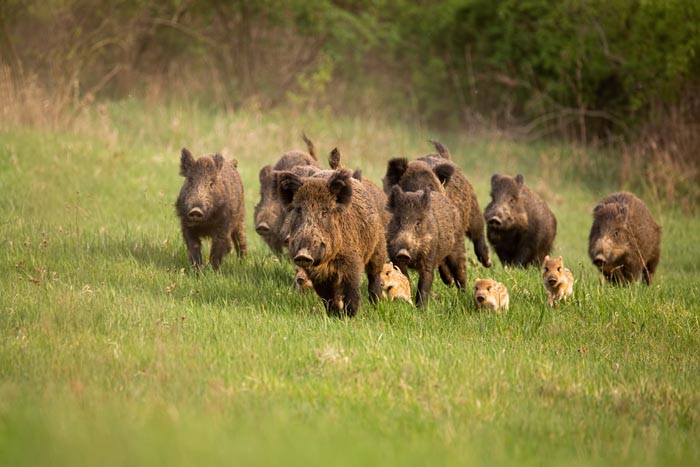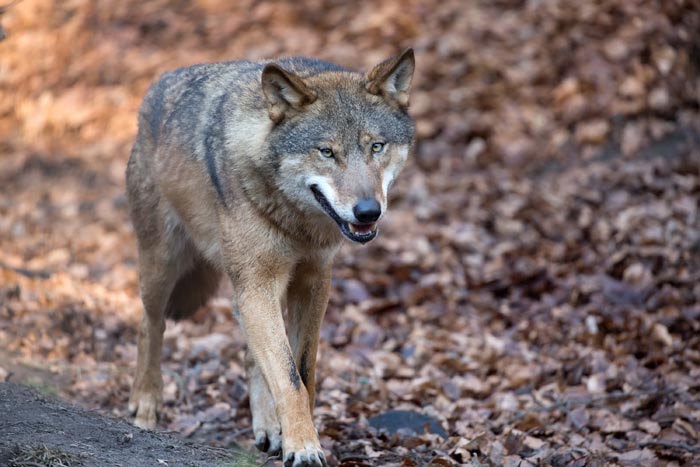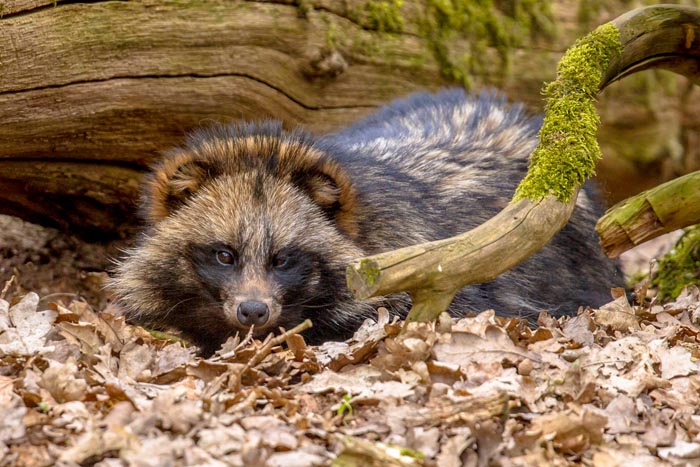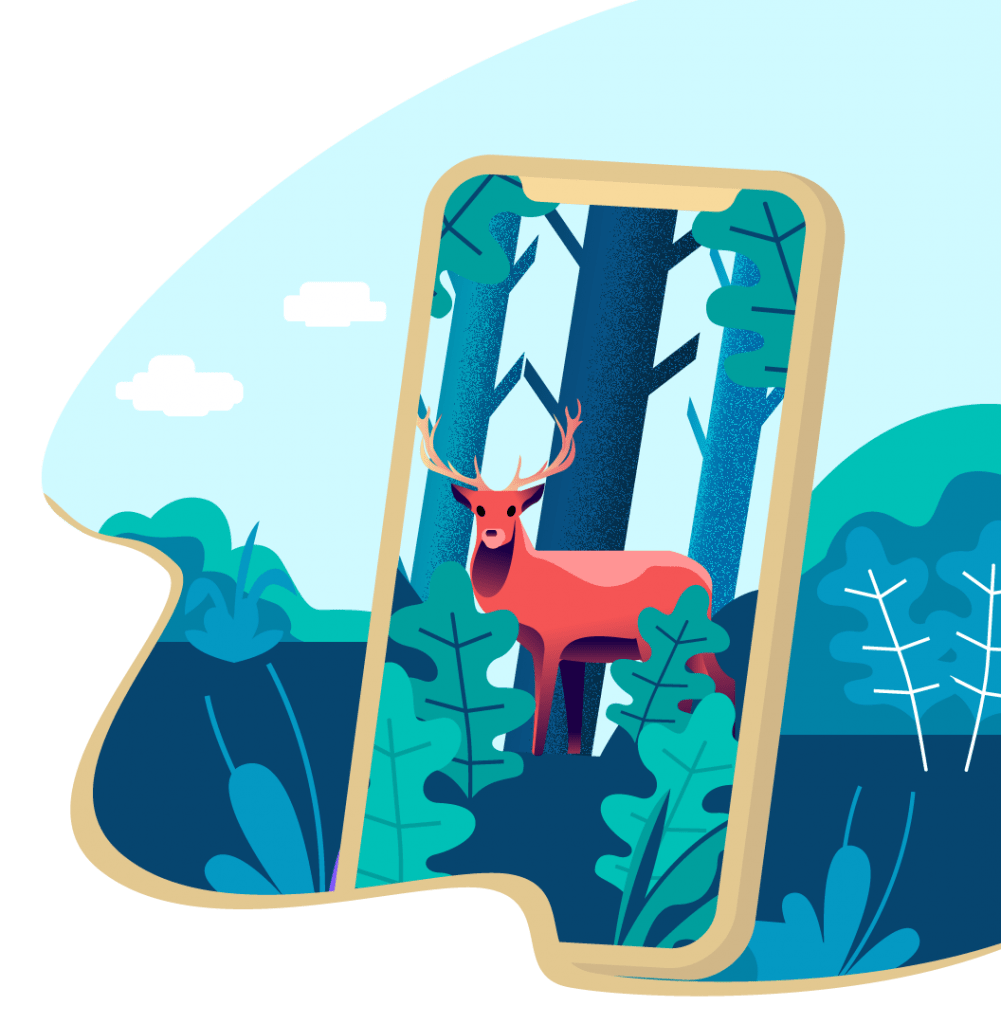
Why this target group?
Camera trap records of wild mammals typically provide numerous and high quality data, allowing for the validation of observations.
The use of camera traps for scientific purposes and biodiversity monitoring is already widespread among different groups, including:
Researchers associated with universities and research centers.
Managers of parks or nature reserves.
Government agencies associated with the environment.
Conservation or environmental NGOs.
Environmental Consultants.
These groups have the potential to collect a large number of records of different species. However, logistical and economic constraints make it difficult to process this information. Often, only the records of a few species are entered and processed, with a loss of information about other species that are less of a priority for specific research or local monitoring purposes.
Why participate?
The applications proposed in MammalNet help to:
- Manage and properly annotate a large volume of photographs, saving time and effort for collaborating teams.
- Leverage the benefits of collaborative work, providing access to more information for personnel both internal and external to your collaboration.
- Prepare information using established data standards, allowing you to share data in GBIF and to format it for reuse by other researchers or exported to other data analysis software.

By sharing these records, a diversity of questions with a broader scope can be addressed, with data combined across larger temporal and spatial scales.
Moreover, greater representativeness, independence, power and generality can be achieved.

How to participate?
The AGOUTI application makes it possible to create projects to efficiently and easily manage the information obtained with camera networks or individual devices. They facilitate photograph and sequence annotation to generate data toward achieving monitoring and research objectives.
As experts and nature enthusiasts, you can also contribute your knowledge of wildlife species by using other applications in the MammalNet project.
The iMammalia mobile app has a very user-friendly design and allows users to record incidental observations of different species. They can include photographs of the species or their signs, like footprints, droppings, and food remains, making record validation easier.
The MammalWeb application also allows experts to participate through the identification and validation of photos collected by camera traps. You can enjoy viewing photos from around Europe, identifying species from other regions and providing your expertise in photo validation globally.
The MammalWeb application allows citizen scientists to easily upload sets of camera trap photos to the web. Users in this case don’t need to manage the data extracted from the photos, and the platform is easier to use than AGOUTI, which is more expert-focused.


